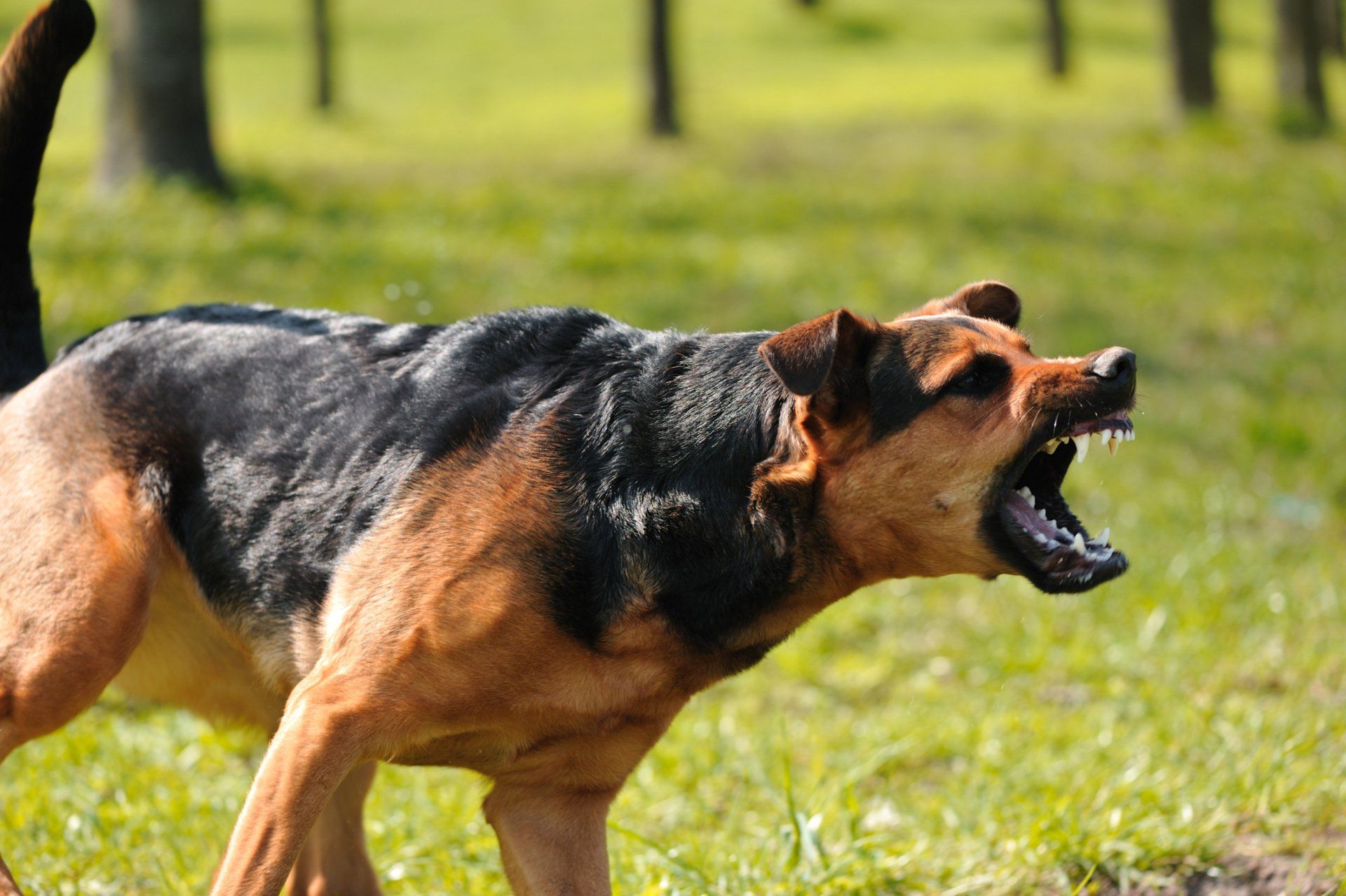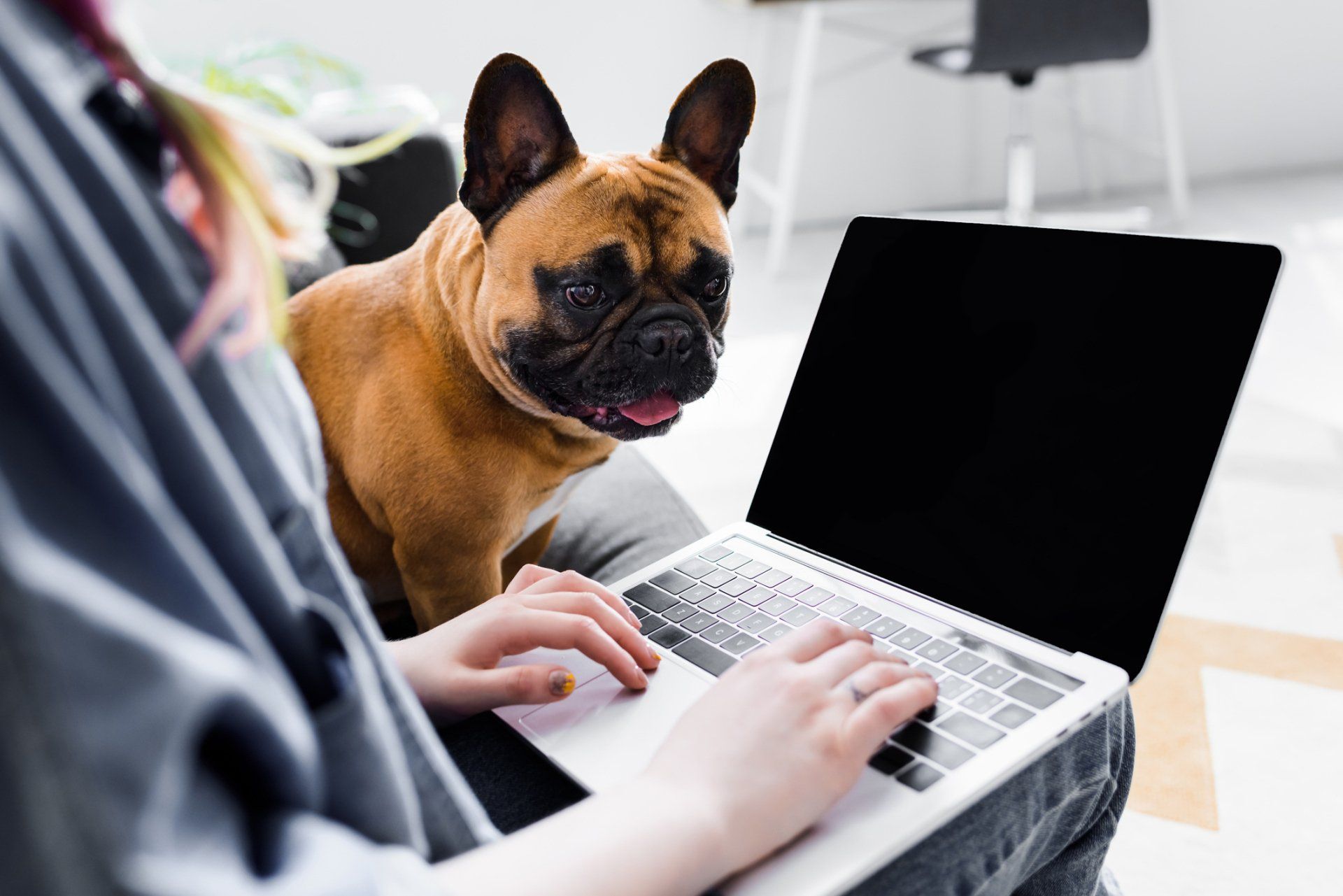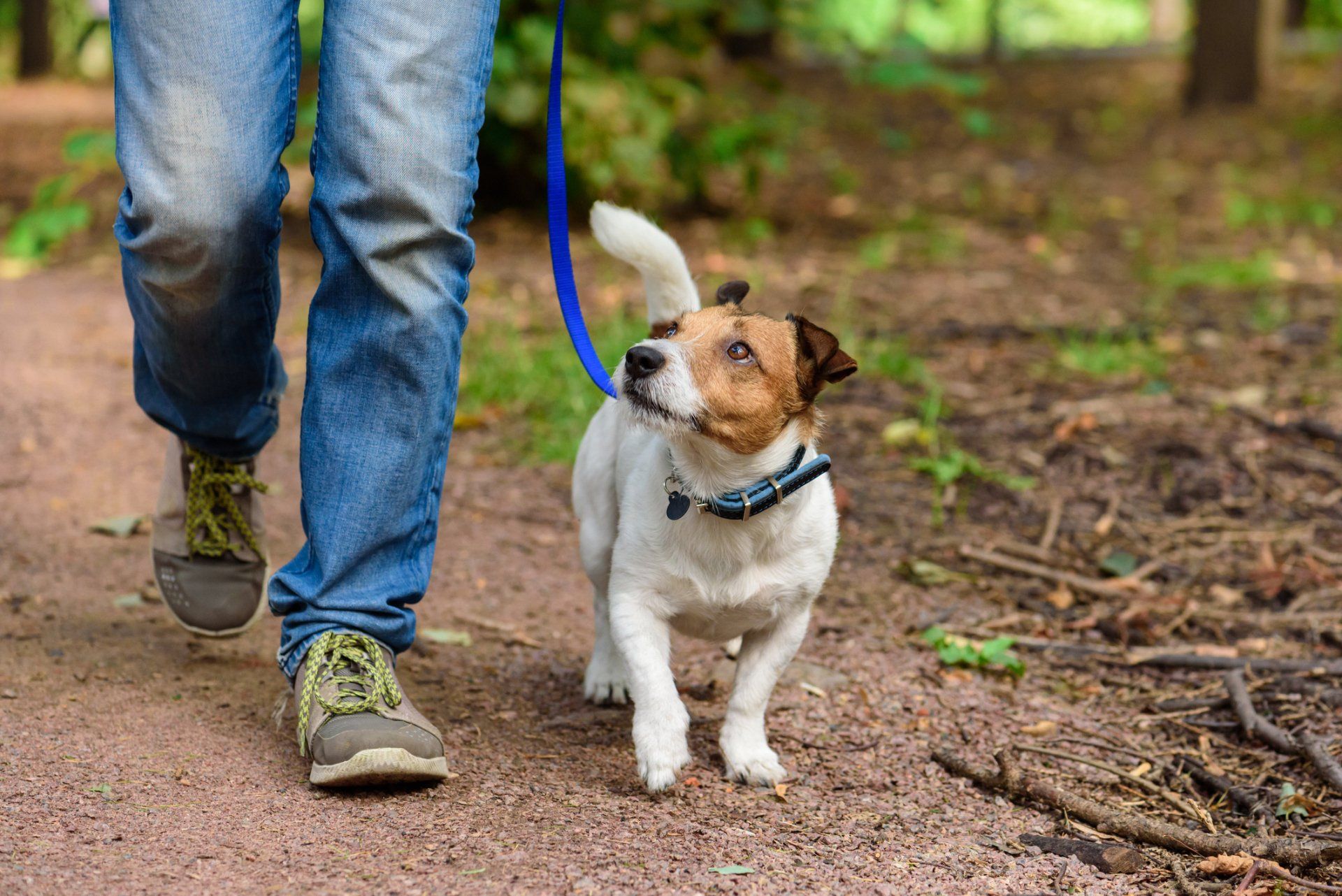What It Means to Train with Love
Jennifer Maurer • Apr 25, 2020
Your love for your dog is not just the emotional feeling you have for them, it is the actions you take as it relates to the care you give them and specifically your approach to teaching them. Here are 5 ways to express your love for your dog when training (in no particular order).
- Accept your dog for the individual they are both their strengths and weaknesses. This includes understanding your dog’s breed and the behaviors that come along with that. My dog Gabe is a Shetland Sheep Dog which is a Scottish herding dog. Sheltie’s are known to be introverted and love chasing and herding other animals. I had to accept early on that Gabe was not going to be the outgoing touch therapy dog like my first dog Simone. That being said, Gabe is wonderful with other animals which wasn’t a strong suit of Simone’s. I learned that you shouldn’t compare animals. They each have their own unique personalities and idiosyncrasies that aren’t always related to the breed itself. Dogs from the same litter can have very different distinct personalities just like human brothers and sisters. The important thing to remember is that loving your dog means you are working on understanding the individual that they are and creating an environment for that personality to thrive.
- Patience is a virtue especially as it relates to training. Every dog learns at their own speed and picks-up on different things at different paces. It is critical that when you are training you have complete control of your own emotions. Getting angry and frustrated only causes your dog more stress and doesn’t allow them to learn in a loving environment. Put yourself in their shoes. Would you like someone to use that tone of voice with you?
- Show affection! Treats are not the only way your dog knows that they have done something you like. Praise and physical affection are just as important. Many times, we are so treat focused that we forget about giving our dog the verbal and physical rewards they both want and need. Go ahead and tell your dog how wonderful they are and give them a pat on the head or a good belly rub for a job well done or better yet, just because you love them!
- Being firm can be loving! Sometimes love isn’t all lovey dovey affection and treats. Being firm with your dog in the right circumstances especially when they are in danger can be one of the most loving things you can do for them. When I teach the “Leave It” cue, it is the one cue where I teach my human students how to use a firm, authoritative tone of voice that their dog respects and listens to. I ask them to channel a judge, a police officer or a captain in the military. There should be no anger or frustration in your voice but a clear, confidant, firm tone. Some people struggle with this cue because they feel like they are being too “aggressive”. Assertiveness is not aggression, it is just you communicating that you are the leader and that at this time, it is critical they listen and take your directive immediately.
- Always end on a positive note! If your dog is becoming frustrated or bored with training, STOP, give them something to do that they will be successful at and STOP. Pushing your dog when they are not in the mood doesn’t help with the learning process. Show them you love them by respecting their current mood state and move onto something they are great at and give them a big reward to include lots of love and praise.
There are other great ways to show your dog you love them when training. These are just a few! Just remember that the best teachers and trainers are those that do it with love!

By websitebuilder
•
03 Aug, 2021
Many of my clients look at me in astonishment when I say it is OK to feed your dog human food from your plate! We have always been told that this act creates begging behavior and causes intestinal problems. Under certain circumstances, this is indeed true. However, if done correctly, using foods that are safe for your dog (click on the link to see a list of foods that are unsafe ) and in moderation, it is actually a wonderfully, positive thing! There is a new trend in teaching and relating to dogs called bond-based learning which I incorporate into my dog training programs. The thought process behind this type of teaching is that by having a strong bond with your dog, it will ensure your dog makes positive choices when it comes to good behavior. A technique used in this type of training is food sharing. Food sharing provides an opportunity for social learning with you and your dog. It has been shown that food sharing helps reinforce the bond you have with your dog and allows them to feel safe and secure around you. Sharing food with your dog does not always equate to begging. Begging behavior can happen even when you don’t feed from your plate. Since their sense of smell is more heightened than ours, smelling you cooking and serving dinner can be overwhelming as they salivate over all the deliciousness. Many dogs can’t contain themselves from their desire to join in and beg which becomes a big distraction during meals. I have found that the opposite is true when you are sharing your meal with your dog. Now, I am not saying you should feed your dog when they beg. What I am saying, is that you can feed your dog when they are laying calmly next to you and not begging which in turn teaches your dog not to beg! This is where marker training comes in. Give your dog the “Down Stay” cue and after just a couple of seconds, mark the behavior with your marker word (i.e., good) and treat off your plate. Begin to spread out the length of time that you are marking and treating. If your dog does beg, ignore them until they settle back down for a minute or two and then mark and treat. Your dog will soon learn that being patient and quiet during meal time leads to tasty things! This opens up a whole new world of possibility for you and your dog! Imagine a holiday dinner that includes your favorite, furry family member! And next Spring and Summer, think about all the outdoor dining experiences you can have! Food sharing is a great for socialization and a wonderful bonding experience! If you are interested in learning more about my positive reinforcement and relationship-based training methods, reach out for a free phone consultation. You can learn more at PetImpact.com .

By Jennifer Maurer
•
14 May, 2020
Bringing a new dog into your home where there is already an existing dog doesn’t always run smoothly. The fact of the matter is every dog has their own distinct personality that may not jive with each and every dog. There may be a difference in energy levels, play styles or socialization preferences. If it isn’t a good match, unwanted behaviors may occur including marking, guarding and aggression. Typically, the dog who is exhibiting these behaviors gets the blame. But look closely, in reality, there are two sides to every story.

By Jennifer Maurer
•
29 Apr, 2020
Just like us, dogs thrive on having a set schedule for their day including food, naps, play time, walks and training. The Covid-19 quarantine has many of us working from home. So, your dog’s schedule may have gotten out of wack or you may have set an entirely new schedule.

By Jennifer Maurer
•
17 Apr, 2020
We are all showing signs of stress during this quarantine whether that be binge eating, over-sleeping or just plain crabbiness. So, it is not surprising that our dogs are feeling the pressure too. Dogs are extremely sensitive to our emotions which may cause them to act out as well. They don’t understand why their routine has changed, why they can’t go to the dog park, why their parents are around all the time (yes some dogs actually want space!), why people don’t greet and pet them anymore on their walks and most importantly why their parents are so stressed out.

By Jennifer Maurer
•
14 Apr, 2020
Everyone’s life has been disrupted with the recent pandemic of Covid-19 including our dogs! We have found ourselves transitioning into a new “Normal” with different social norms including how this impacts pet ownership. Here are some “New Rules” as we navigate through proper dog etiquette during the pandemic.

By Jennifer Maurer
•
10 Apr, 2020
I love working with young people who adopt their first dog. Dog parenting, while not as challenging as child rearing, definitely helps prepare you for what it is like caring and being responsible for another living being. One of my long-time students, Maui was just introduced to his new sister, and she isn’t one of the canine variety! Maui’s parents have brought a new baby into the fold. What is great about Lauren and Neal, is that they wanted to be completely prepared for the transition to ensure Maui felt comfortable and the baby was safe. So, they asked me to give them some pointers which I am here to share with you!
Content, including images, displayed on this website is protected by copyright laws. Downloading, republication, retransmission or reproduction of content on this website is strictly prohibited. Terms of Use
| Privacy Policy
